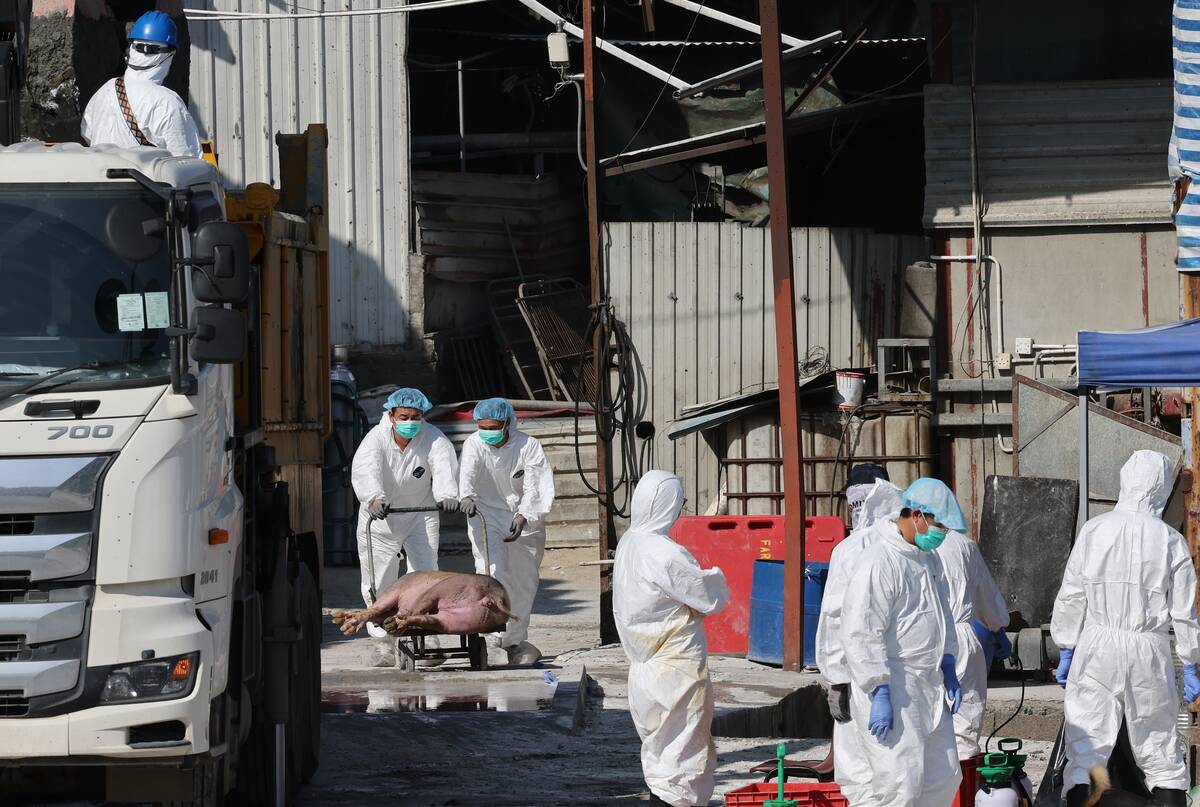A provincial discussion paper on livestock operations may kickstart work on standardized environmental rules that the agriculture industry says Alberta lacks.
Most producer groups are still reviewing the Alberta Agriculture document on regulatory options for the industry, but say at first glance it appears to be a step in the right direction.
The Alberta Cattle Commission is making sure all delegates receive the booklet so they can return the enclosed questionnaire to the government, said Gary Sargent, manager of the cattle commission.
The questionnaire asks who should regulate the industry, how it should be done and what kinds of issues need to be discussed to ensure regulations are effective.
Read Also

Mixed results on new African swine fever vaccine
The new African swine fever vaccine still has issues, but also gave researchers insight into how virus strain impacts protection against the deadly pig disease.
“Government has come under pressure to ensure there are adequate regulations in place to prevent livestock operations from adversely affecting the environment,” said Sargent.
“The consensus is the province should have a bigger role to ensure consistency in all the municipalities.”
The dairy industry is also reviewing the document.
New or expanding dairy farms face the same development procedures as beef, swine and poultry operations. Sixty new or expanded dairies started last year, most of them in central and southern Alberta, said Brian Cameron of the Alberta Milk Producers Association.
Instead of facing a patchwork of regulations across the province, dairy producers want uniform development rules. In addition to obeying municipal bylaws, new or expanding milk operations must apply for a special food quality licence from Alberta Agriculture, said Cameron.
Barns, cow housing, air quality and milking parlors are regulated under this licence to ensure proper care is taken with animals. The licence also provides a guarantee the milk is produced in a clean and safe manner.
When variable municipal bylaws are added to these provincial demands, milk producers face a dizzying number of regulations, said Cameron.
With all these new rules coming from the province and municipalities, feedlot operators like Cor Van Raay of Iron Springs say they are confused.
“I really don’t understand. The government is drawing up a new code of practice. The county has been told to draw up new regulations. I’m confused which ones supercede,” said Van Raay.
Producer groups have been told municipalities will likely retain the right to determine how land is used, but the province may write broader regulations that must be obeyed in every jurisdiction. Right now, the municipalities have authority to approve or demand revisions on every development.
“The municipalities may feel threatened by the province taking something back,” said Blaine Middleton of the Alberta Pork Producers Development Corporation.
The oil and gas industry follows a set of provincial regulations that are backed up by municipal land-use bylaws, said Middleton. Therefore, livestock should have a set of consistent rules to follow as well.
The regulations are necessary so development permits will stand up in court. Solid provincial regulations may also aid expansion.
“Expansion won’t happen until the regulatory framework is sound,” said Ed Schultz, manager of the pork producers corporation.
The paper is available at agriculture offices throughout the province or by calling Alberta Agriculture at 403-422-2070.















